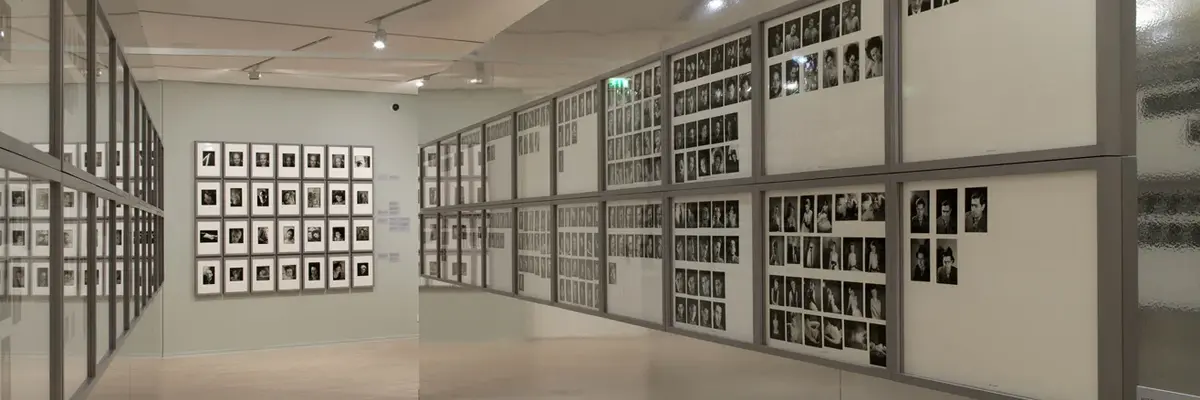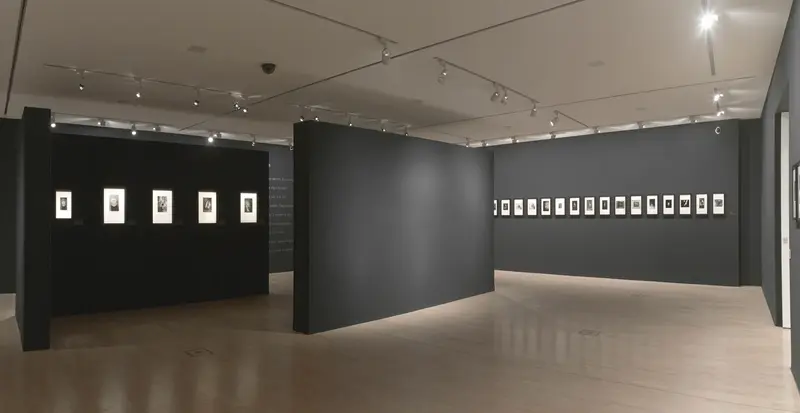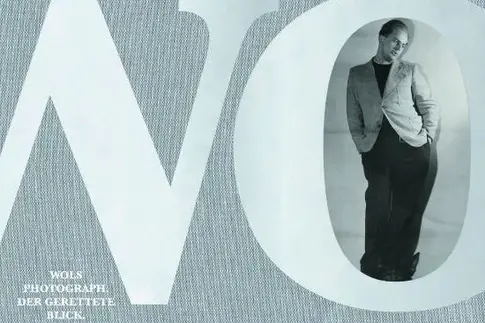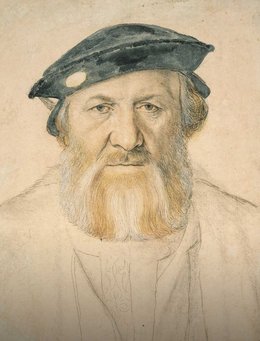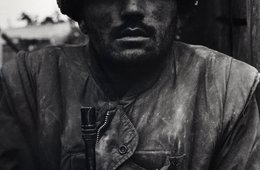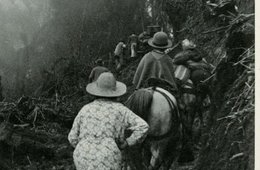text2
Today the Dresdener Kupferstich-Kabinett (Collection of Prints, Drawings and Photographs) holds the internationally most important collection of his photographic oeuvre, which was preserved in the estate of his sister, Elfriede Schulze-Battmann. It contains rare modern prints, produced from the original negatives in the 1960s and 1970s, and a small number of valuable vintage prints made by Wols himself.
Both the catalogue and exhibition disregard the myth surrounding Wols and, relying on a new art-historical evaluation of the collection, focus on his artistic achievement.
The most comprehensive exhibition of Wols in the last 25 years staged in collaboration with the Menil Collection in Houston. From 13 April to 11 August 2013, the Kunsthalle Bremen is presenting “Wols: The Retrospective” and is thereby opening a new perspective onto the work of the artist. For the first time, Wols’ oeuvre is being shown not primarily as a reflection of his tragic biography and catastrophic world events. Instead, this retrospective focuses on Wols’ oeuvre itself, in complete correspondence with the artist’s own viewpoint: “In the act of seeing, one should not fixate upon what could be made of what one sees. One should see what actually is.” (Wols. Die Aphorismen, edited by Hans-Joachim Petersen, Munich 2010, p. 13, aphorism 9, translated by George Frederick Takis) This new point of view reveals the extraordinary formal diversity of Wols’ oeuvre which includes paintings, drawings, watercolours, prints, illustrated books and also photographs. Over a period of only some fifteen years, the stylistic development of his motifs underwent a spectacular transformation: The subjects of the early works are inspired by Surrealism and are situated between reality and dream. Over the further course of his development, however, references to reality are abandoned and a new form of abstract art emerges, which became known as Art Informel. Wols is considered to be a leading European pioneer of Art Informel, and as such he is being honored by the Kunsthalle Bremen with a comprehensive retrospective. On the basis of an extensive selection of works and a chronological presentation, the retrospective in Bremen makes it possible to trace in detail the consistent development of the artist. More information to the exhibition in Bremen.
Beginning on 17 October 2013 through 26 January 2014, the Museum Wiesbaden will be showing an extensive exhibition on the life and work of Wolfgang Otto Schulze (1913–1951), one of the most significant painters, photographers and graphic artists of the 20th century, in commemoration of the 100th anniversary of his birth. Wolfgang Otto Schulze left Germany in 1933, in response to what he saw as an unbearable political climate. After a brief stay in Paris, Schulze lived, first, in Barcelona before travelling on to Mallorca and, eventually, Ibiza. By 1937 he had settled in Paris, where he established himself as a photographer. Inspired by the accidental abbreviation of his name on a telegram, Schulze began to refer to himself as “Wols” beginning in 1937. While in Paris, Wols moved in surrealist circles, counting among his friends such notables as Max Ernst, Tristan Tzara, André Masson and Marcel Duhamel. During the occupied years, Wols lived underground in Dieulefit bei Montélimar, where he dedicated his time to writing and oil painting in small formats. Immediately after the end of the war, his work was exhibited for the first time by Parisian gallery owner, René Drouin, who supplied Wols with canvases and paints, with which Wols went on to produce some 40 oil paintings in a brief time period. Wols died in 1951 as a result of the faulty diagnosis of food poisoning, having won a reputation amongst artists and art lovers as the pioneer of the newly emerging unformalist painting, or informal art. The Museum Wiesbaden was one of the first institutions to exhibit Wols’ work in museum space, showing it as early as the summer of 1961, on the occasion of the 10th anniversary of his death. Now, in 2013, the Museum Wiesbaden is once again presenting the work of this enigmatic artist in a retrospective of his life, from its beginnings in Dresden to Berlin through to its other stations in Les Milles in Aix-en-Provence, Cassis, Dieulefit and Paris. The exhibition features oil paintings, sketches and aquarelles, photography and graphic prints, as well as personal items and documents of the artist. Other material, such as handwritten aphorisms and letters, personal items, notes, historical catalogues and films, provide a picture of the artist’s life in his years of exile between 1933 and his death in 1951. More information to the exhibition in Wiesbaden.
